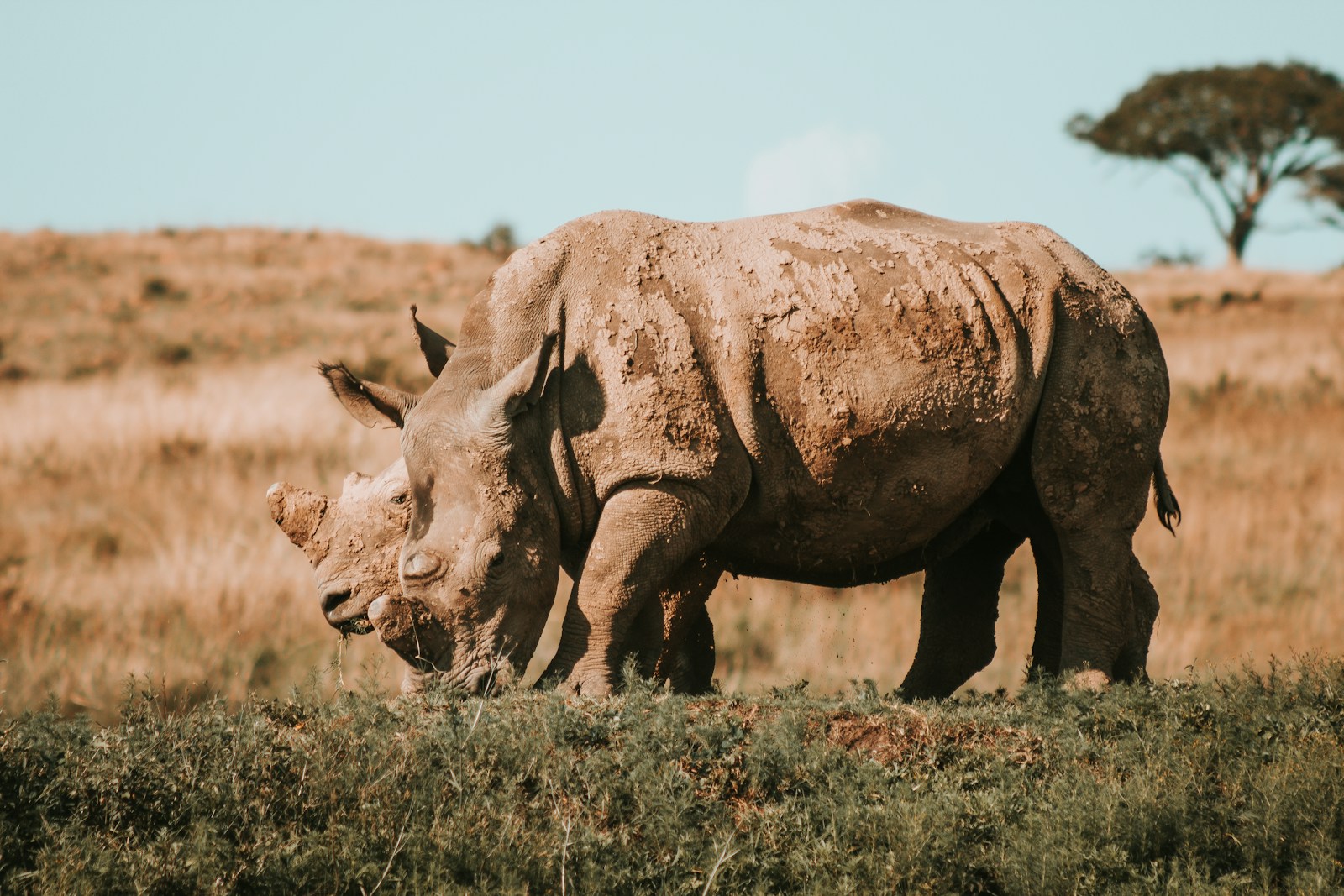National parks worldwide serve as sanctuaries for countless species, preserving biodiversity and natural ecosystems. However, these protected areas have become battlegrounds in the fight against illegal wildlife trafficking. This multibillion-dollar criminal industry threatens species with extinction, damages fragile ecosystems, and undermines conservation efforts. Park rangers, conservation organizations, and governments face tremendous challenges as they work to combat sophisticated criminal networks that exploit wildlife resources for profit. The illegal wildlife trade not only endangers animal populations but also threatens the integrity of our most precious natural spaces, making the protection of wildlife in national parks an urgent global priority.
The Devastating Scope of Illegal Wildlife Trade
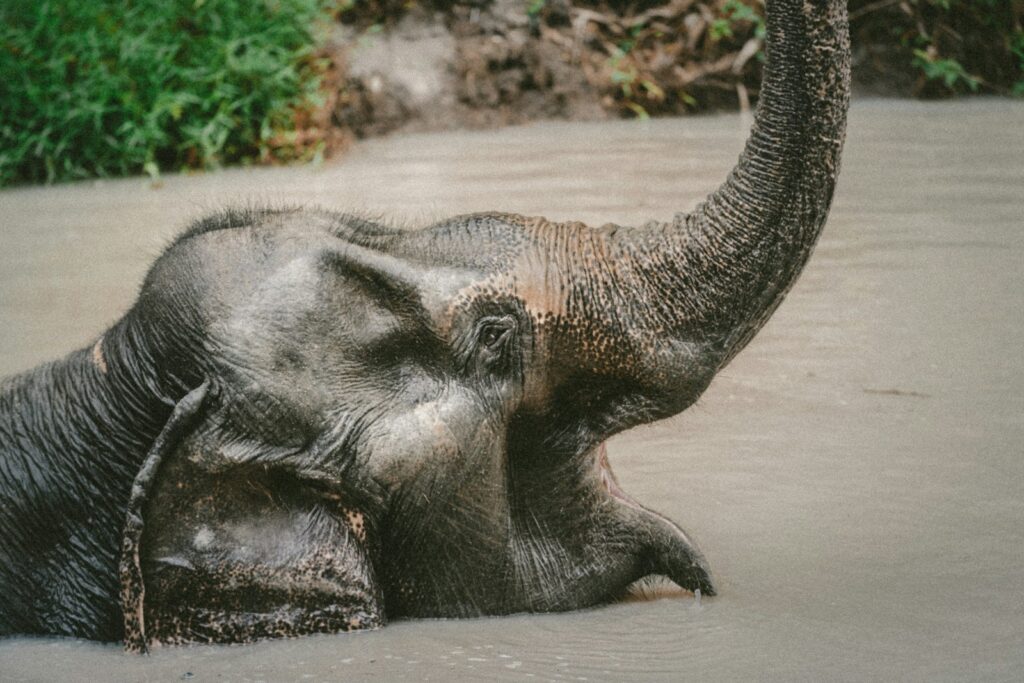
Illegal wildlife trade has grown into a criminal enterprise valued between $7-23 billion annually, making it the fourth most profitable illegal activity globally after drugs, human trafficking, and counterfeit goods. This shadowy industry targets thousands of species across national parks worldwide, from elephants poached for ivory to rare orchids collected for ornamental use. In places like Kruger National Park in South Africa, rhino populations have plummeted as poachers hunt them for their horns, which can fetch higher prices per weight than gold on black markets in Asia. The statistics are alarming: an estimated 20,000 elephants are killed annually across Africa, with many of these killings occurring within the boundaries of protected areas meant to serve as their refuge.
Wildlife Trafficking’s Ecological Impact

The removal of key species from national parks creates cascading ecological effects that can permanently alter entire ecosystems. When predators like tigers are poached from parks in India and Southeast Asia, prey populations can explode, leading to overgrazing and habitat degradation. Similarly, the poaching of seed-dispersing animals like primates and hornbills disrupts forest regeneration processes that have evolved over millennia. In Virunga National Park in the Democratic Republic of Congo, the killing of elephants has reduced the natural dispersal of over 350 plant species that depend on these animals to spread their seeds. The ecological consequences extend beyond individual species, affecting the fundamental processes that maintain healthy, functioning ecosystems within these protected areas.
Frontline Defenders: Park Rangers Under Fire
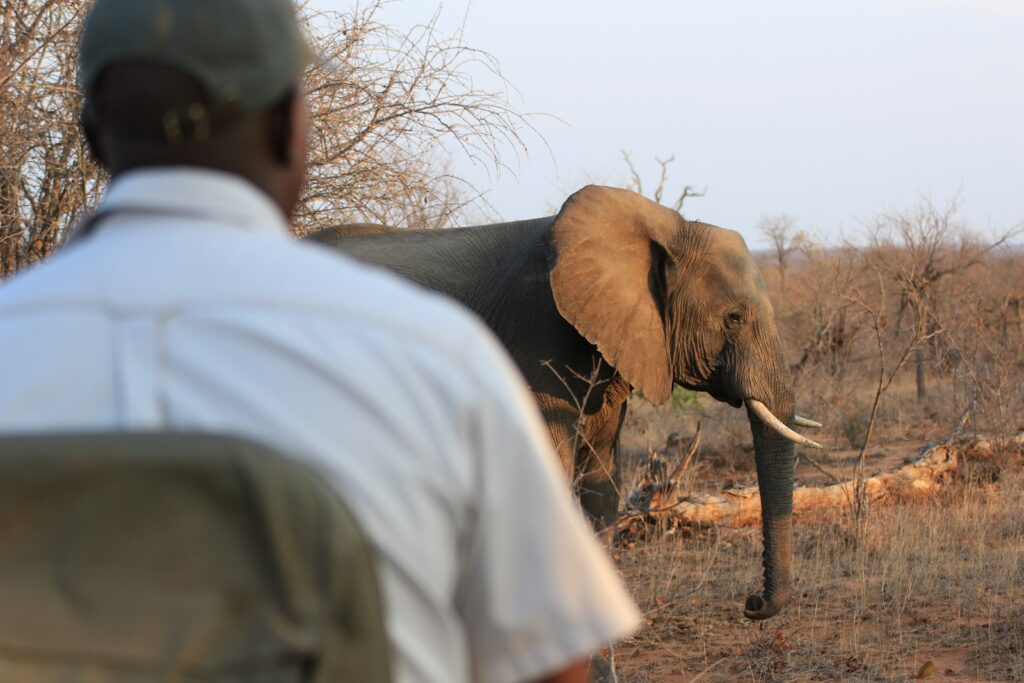
Park rangers represent the first line of defense against wildlife trafficking, often operating in dangerous conditions with limited resources. These conservation professionals risk their lives daily, facing armed poachers and criminal organizations that will stop at nothing to access valuable wildlife resources. The statistics tell a sobering story: over 1,000 rangers have been killed in the line of duty in the past decade, with many of these deaths occurring during anti-poaching operations. In parks like Garamba National Park in the Democratic Republic of Congo, rangers contend with militarized poachers using automatic weapons, night-vision equipment, and even helicopters. Despite these dangers, rangers remain committed to wildlife protection, often working long hours for modest pay in remote locations, demonstrating remarkable dedication to safeguarding these protected areas.
Technology as a Conservation Tool

Conservation organizations are increasingly turning to cutting-edge technology to combat wildlife trafficking in national parks. Drones equipped with thermal imaging cameras patrol vast areas that would be impossible for rangers to cover on foot, detecting poachers before they can strike. Real-time monitoring systems using artificial intelligence can now identify gunshots, chainsaw sounds, or vehicle movements in remote park areas, allowing for rapid response to potential poaching incidents. In Kruger National Park, a combination of seismic sensors, machine learning algorithms, and predictive analytics helps rangers anticipate poaching activities based on historical patterns and current intelligence. DNA analysis has also become a powerful forensic tool, enabling authorities to trace seized wildlife products back to specific parks and populations, strengthening prosecution efforts against trafficking networks that target these protected areas.
Community-Based Conservation Approaches
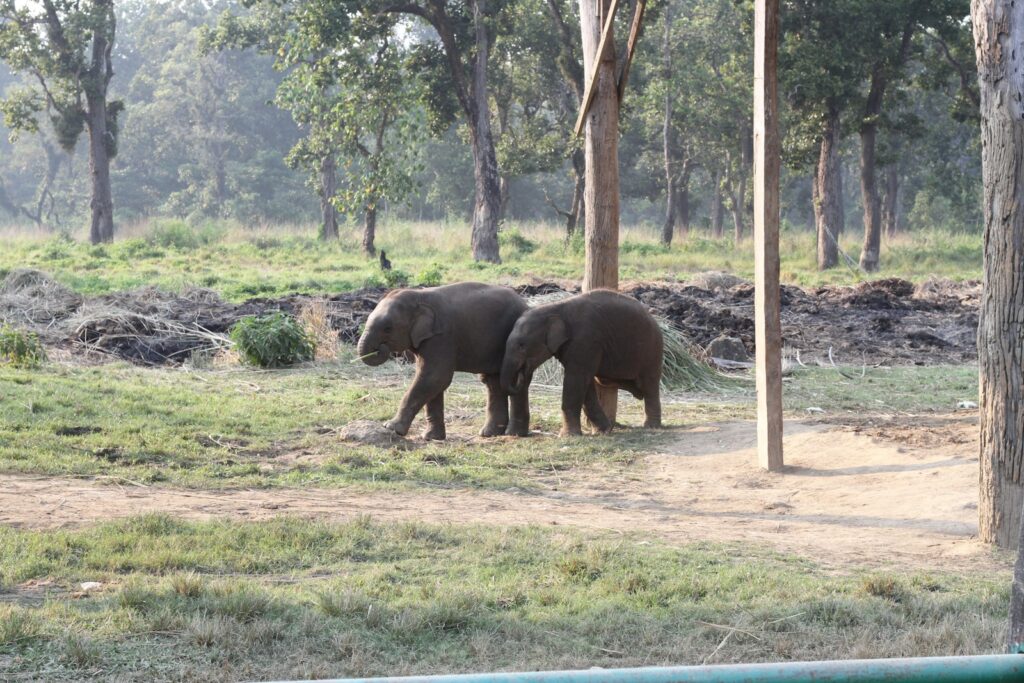
Successful anti-trafficking strategies increasingly involve local communities living near national parks as essential partners in conservation efforts. When communities benefit economically from intact wildlife populations through sustainable tourism or conservation employment, they become invested in protecting these resources. In Nepal’s Chitwan National Park, community-based anti-poaching units have contributed to several years of zero rhino poaching, demonstrating the effectiveness of local involvement. Projects that provide alternative livelihoods, such as beekeeping, sustainable agriculture, or handicraft production, help reduce economic pressures that might otherwise drive local residents to participate in poaching activities. Community engagement also creates valuable intelligence networks, as locals often have knowledge about suspicious activities or unfamiliar persons entering park areas with possible poaching intent.
The Role of International Cooperation
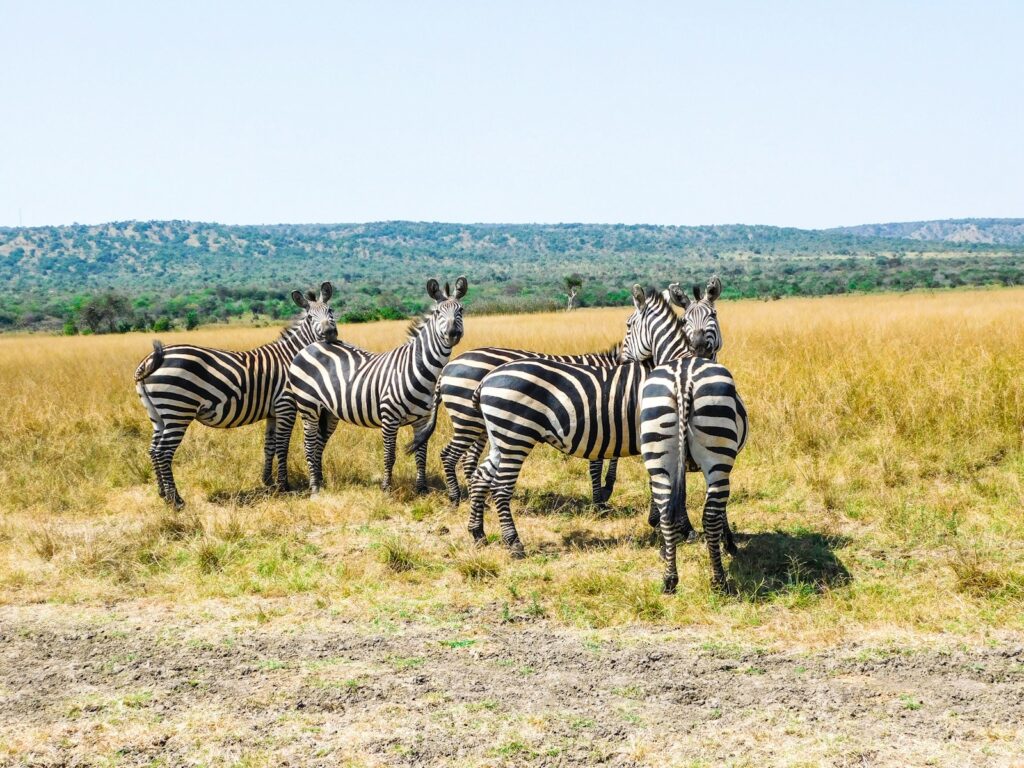
Combating wildlife trafficking requires unprecedented cooperation across international boundaries, as the criminal networks involved operate globally. Organizations like INTERPOL and the United Nations Office on Drugs and Crime coordinate multinational operations targeting wildlife trafficking syndicates that prey on national parks. The Convention on International Trade in Endangered Species of Wild Fauna and Flora (CITES) provides a regulatory framework for 183 countries to protect over 35,000 species from unsustainable trade. Operations like INTERPOL’s “Thunder” series have resulted in thousands of seizures and hundreds of arrests across multiple continents, disrupting criminal networks that source wildlife products from protected areas. Regional wildlife enforcement networks have also emerged, allowing neighboring countries to share intelligence and coordinate responses to cross-border trafficking activities targeting their national parks.
Legal Frameworks and Enforcement Challenges
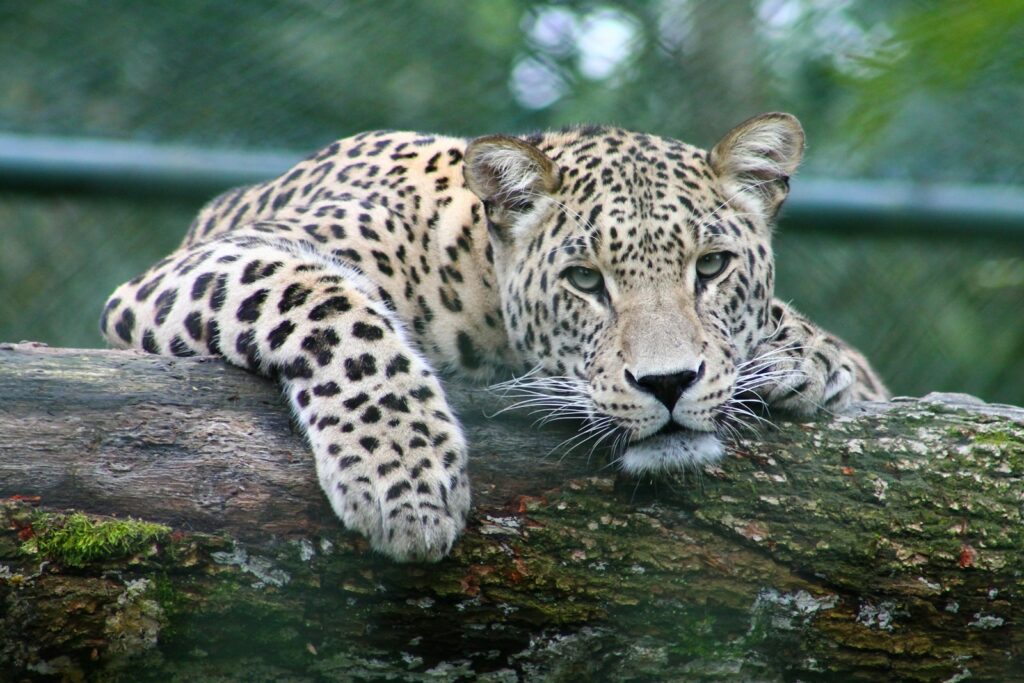
The effectiveness of anti-trafficking efforts in national parks often hinges on the strength of legal frameworks and the judiciary’s willingness to treat wildlife crime seriously. In many countries, penalties for wildlife trafficking remain disproportionately low compared to the ecological damage and financial gains involved, creating minimal deterrence. Kenya has shown leadership by implementing some of the world’s strictest wildlife crime laws, with penalties including fines up to $200,000 and potential life imprisonment for trafficking endangered species from its national parks. However, challenges persist in many regions where corruption undermines enforcement, cases languish in overburdened court systems, or evidence handling procedures are inadequate to secure convictions. Conservation organizations increasingly work with legal experts to strengthen legislation, train prosecutors, and establish specialized wildlife crime units capable of building effective cases against those who plunder national parks.
Wildlife Trade and Disease Emergence
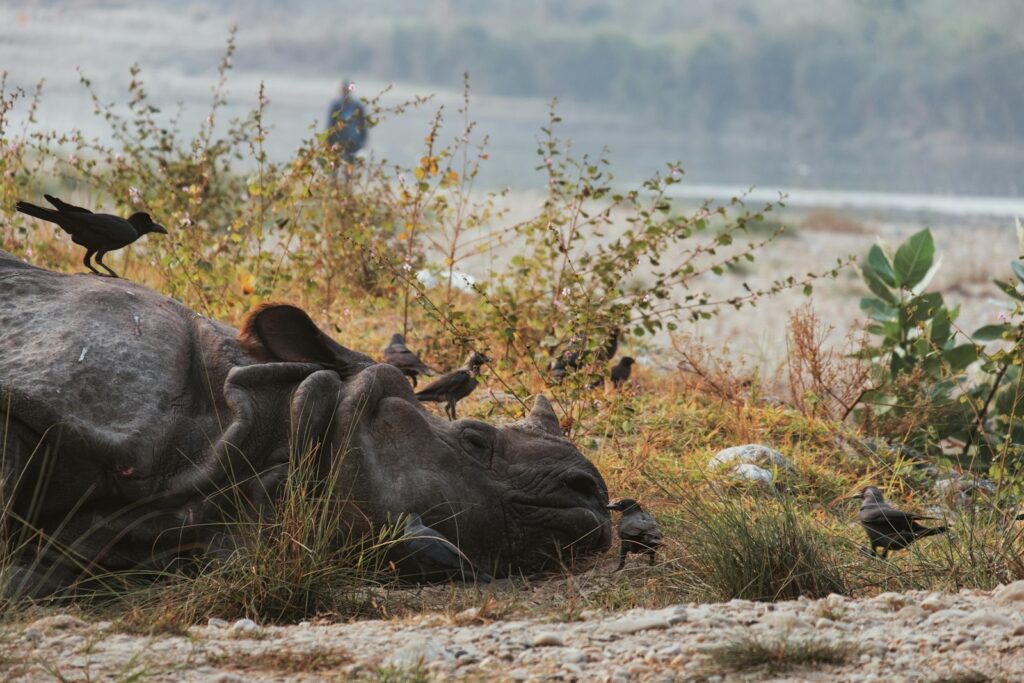
The illegal wildlife trade from national parks creates significant public health risks by facilitating the transmission of zoonotic diseases from animals to humans. As wildlife is removed from protected natural environments and transported through the trafficking chain, opportunities for pathogen spillover multiply. Scientists have linked numerous disease outbreaks, including strains of Ebola, SARS, and potentially COVID-19, to the wildlife trade. In national parks across Central Africa, the hunting of non-human primates for bushmeat has been associated with the emergence of multiple infectious diseases that threaten human populations. The wildlife trade creates perfect conditions for disease emergence: stressed animals with compromised immune systems are often kept in crowded, unsanitary conditions alongside multiple species they would never encounter naturally, facilitating novel pathogen transmission pathways that can ultimately affect human health.
Consumer Demand: Driving the Trade
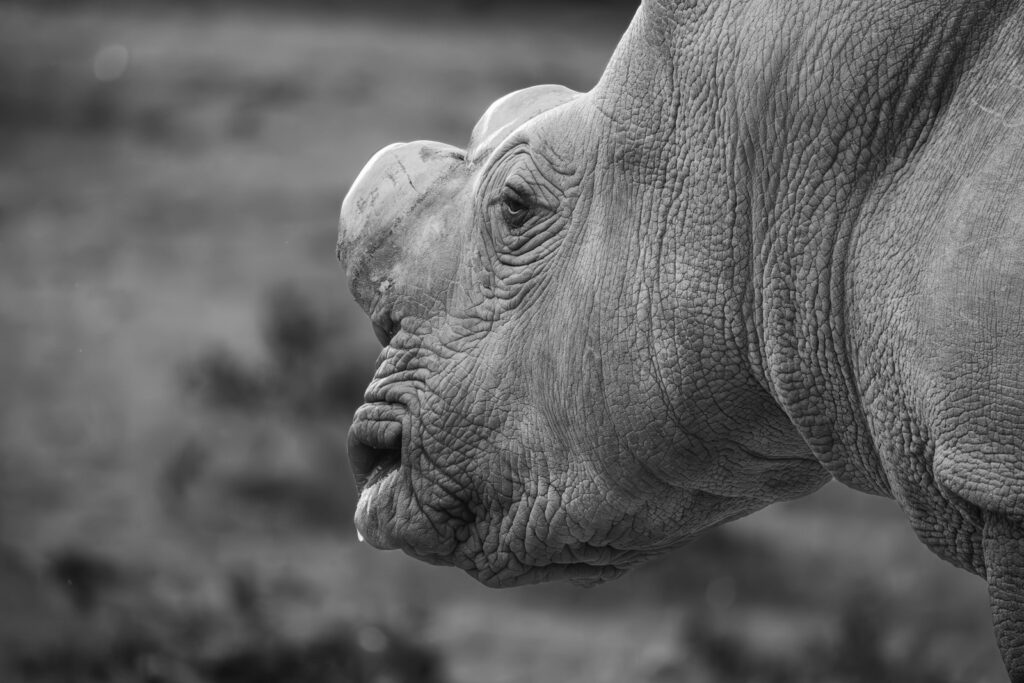
Addressing the market forces that drive wildlife trafficking from national parks is essential for long-term conservation success. Consumer demand for products like rhino horn, tiger bone, exotic pets, and rare plants creates the economic incentives that fuel poaching activities. Campaigns targeting consumers in major market countries have shown promising results in reducing demand for certain wildlife products. In China, a combination of celebrity messaging, social media campaigns, and strengthened government enforcement has contributed to reduced demand for elephant ivory, with surveys showing decreasing acceptance of ivory consumption. Similar efforts focus on traditional medicine markets, luxury goods consumers, and exotic pet enthusiasts who may unknowingly contribute to the exploitation of wildlife from protected areas. Behavior change specialists work alongside conservation organizations to develop culturally appropriate messaging that can transform consumer attitudes about wildlife products taken from national parks.
Corruption: The Enabling Factor
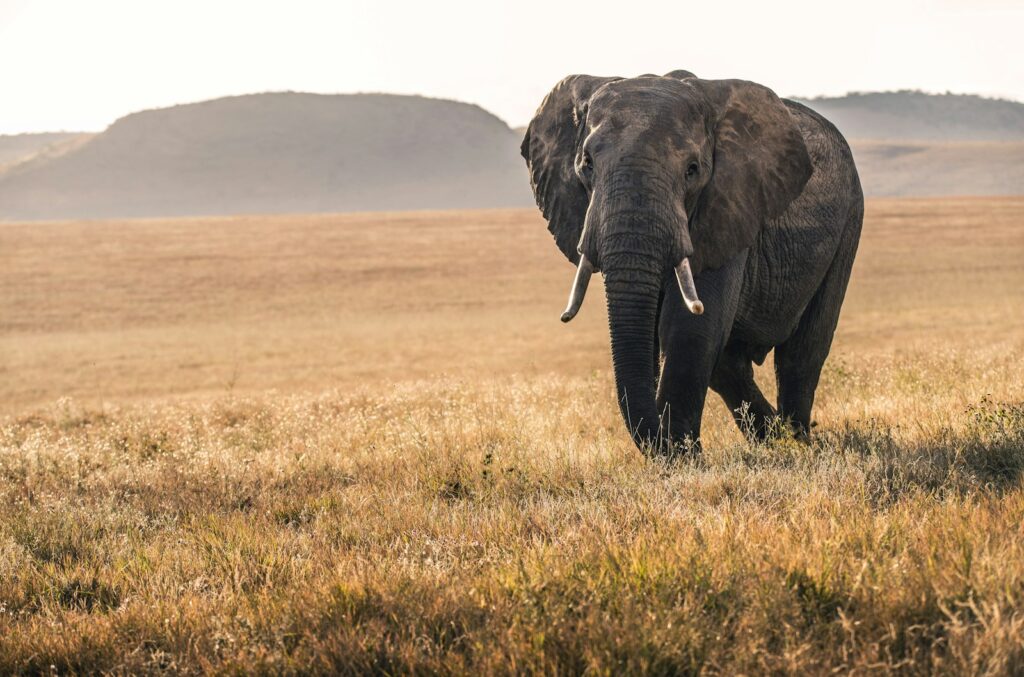
Corruption at various levels represents one of the most significant enablers of wildlife trafficking from national parks. Bribery of park officials, customs officers, police, and judiciary members creates protection for trafficking operations that would otherwise be detected and disrupted. In some parks, corrupt insiders provide information about ranger patrols or animal locations directly to poaching networks, undermining protection efforts from within. High-level political corruption can result in reduced funding for conservation, interference in investigations, or even the redesignation of protected areas to allow resource extraction. Anti-corruption initiatives focused on wildlife protection include strengthening oversight mechanisms, improving ranger compensation, implementing anonymous reporting systems, and using integrity testing to identify officials vulnerable to bribery. Conservation organizations increasingly recognize that addressing corruption is as important as anti-poaching patrols for protecting wildlife in national parks.
Sustainable Tourism as a Conservation Strategy
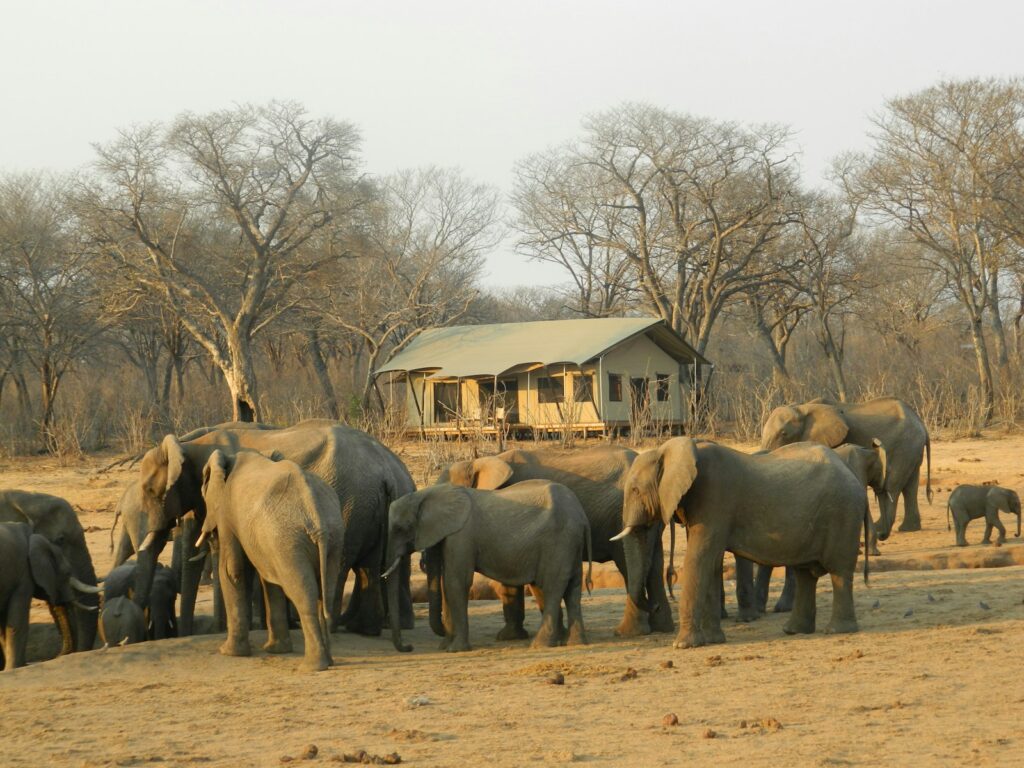
Well-managed tourism in national parks creates economic incentives for wildlife protection while generating revenue for anti-trafficking efforts. When local communities and governments derive significant income from wildlife-based tourism, they have powerful motivation to ensure these resources remain intact for the future. In Rwanda, mountain gorilla tourism generates over $400 million annually and has contributed to population increases for this critically endangered species that once faced extinction due to poaching. Tourism operations create employment for former poachers, who can earn better and more sustainable livelihoods as guides, accommodation staff, or in other service roles. The presence of tourists and tourism infrastructure in national parks also provides additional “eyes on the ground” that can deter poaching activities and increase the likelihood that illegal activities will be detected and reported.
Success Stories in Wildlife Protection
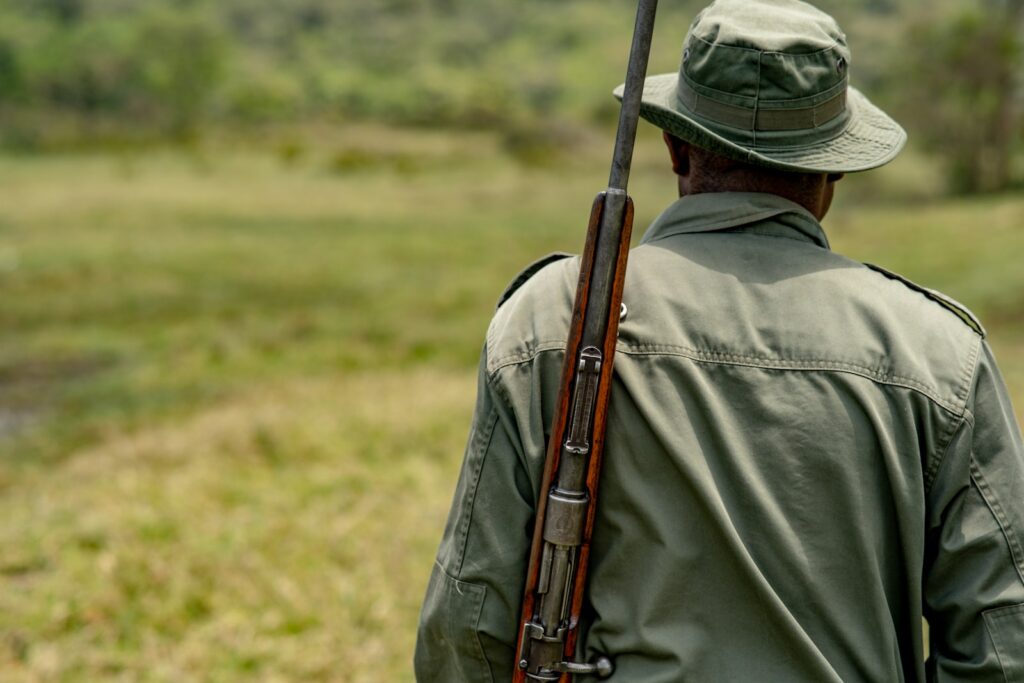
Despite the challenges, notable successes in combating wildlife trafficking offer hope and valuable lessons for conservation efforts worldwide. Nepal has achieved several zero-poaching years for rhinos in Chitwan National Park through a combination of community involvement, military support for anti-poaching operations, and strong political commitment to conservation. Mountain gorilla populations in the Virunga Mountains spanning Rwanda, Uganda, and the Democratic Republic of Congo have increased from approximately 250 individuals in the 1980s to over 1,000 today, despite operating in a region with significant conflict and poaching pressure. In India’s Kaziranga National Park, decisive action against rhino poaching has resulted in a 99% reduction in poaching incidents through enhanced security measures, shoot-on-sight policies for armed poachers, and coordination with local communities. These success stories demonstrate that with adequate resources, political will, and strategic approaches, the tide can be turned against wildlife trafficking in protected areas.
The Future of Wildlife Protection in National Parks
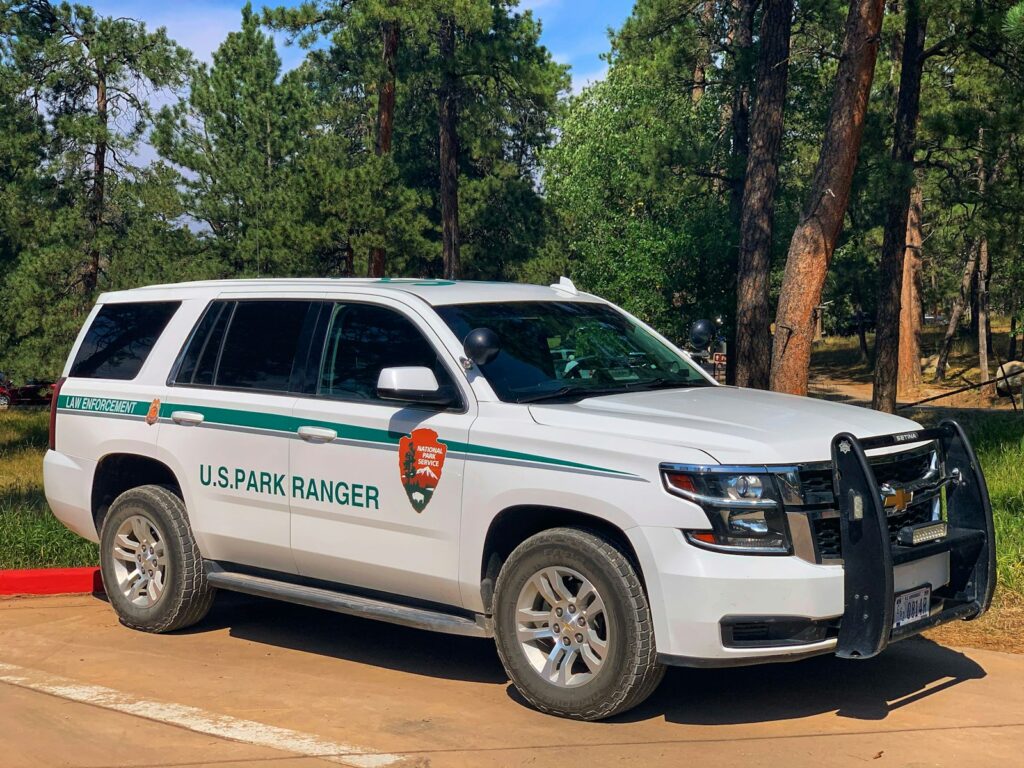
The future of anti-trafficking efforts in national parks will likely involve increasingly sophisticated, multi-faceted approaches drawing on disciplines from technology to social science. Genetic tools like DNA barcoding and environmental DNA sampling promise to revolutionize wildlife monitoring and trafficking detection, allowing authorities to identify species from minimal biological traces. Blockchain technology may help create tamper-proof systems for tracking wildlife products and verifying the legitimacy of wildlife-derived items in legal trade. Conservationists are developing more nuanced understandings of the social and economic factors that drive participation in wildlife trafficking, leading to more effective interventions tailored to specific contexts. Climate change presents new challenges, as shifting habitats and increased human-wildlife conflict may create additional pressures on protected species. Despite these challenges, growing global awareness of biodiversity’s importance and increased recognition of wildlife crime’s seriousness offer hope for strengthened protection of the world’s most precious natural areas.
Conclusion
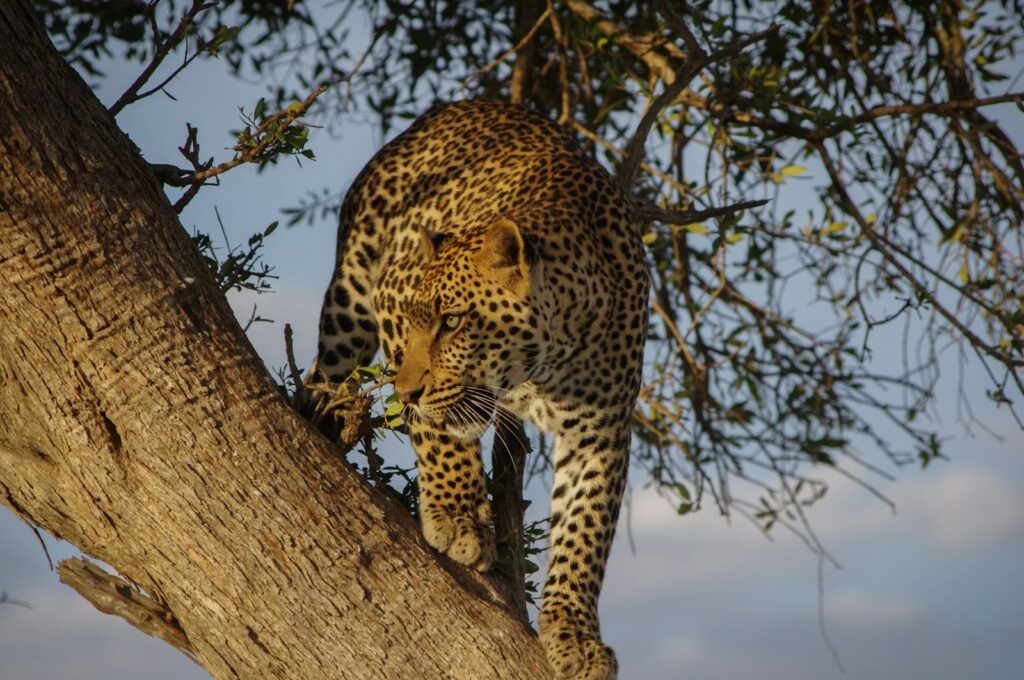
The battle against illegal wildlife trade in national parks represents one of the most critical conservation challenges of our time. As criminal networks grow more sophisticated and the value of wildlife products increases, the stakes could not be higher for endangered species and the ecosystems they inhabit. Yet there is reason for cautious optimism. The combination of technological innovation, community engagement, international cooperation, and consumer education is creating new possibilities for wildlife protection. Success stories from various parks demonstrate that with adequate resources and commitment, trafficking can be significantly reduced. Moving forward, the protection of wildlife in national parks will require sustained political will, adequate funding, and the continued dedication of rangers, conservationists, and communities worldwide. By addressing both the supply and demand sides of this illegal trade, we can ensure these irreplaceable natural treasures remain intact for future generations.

